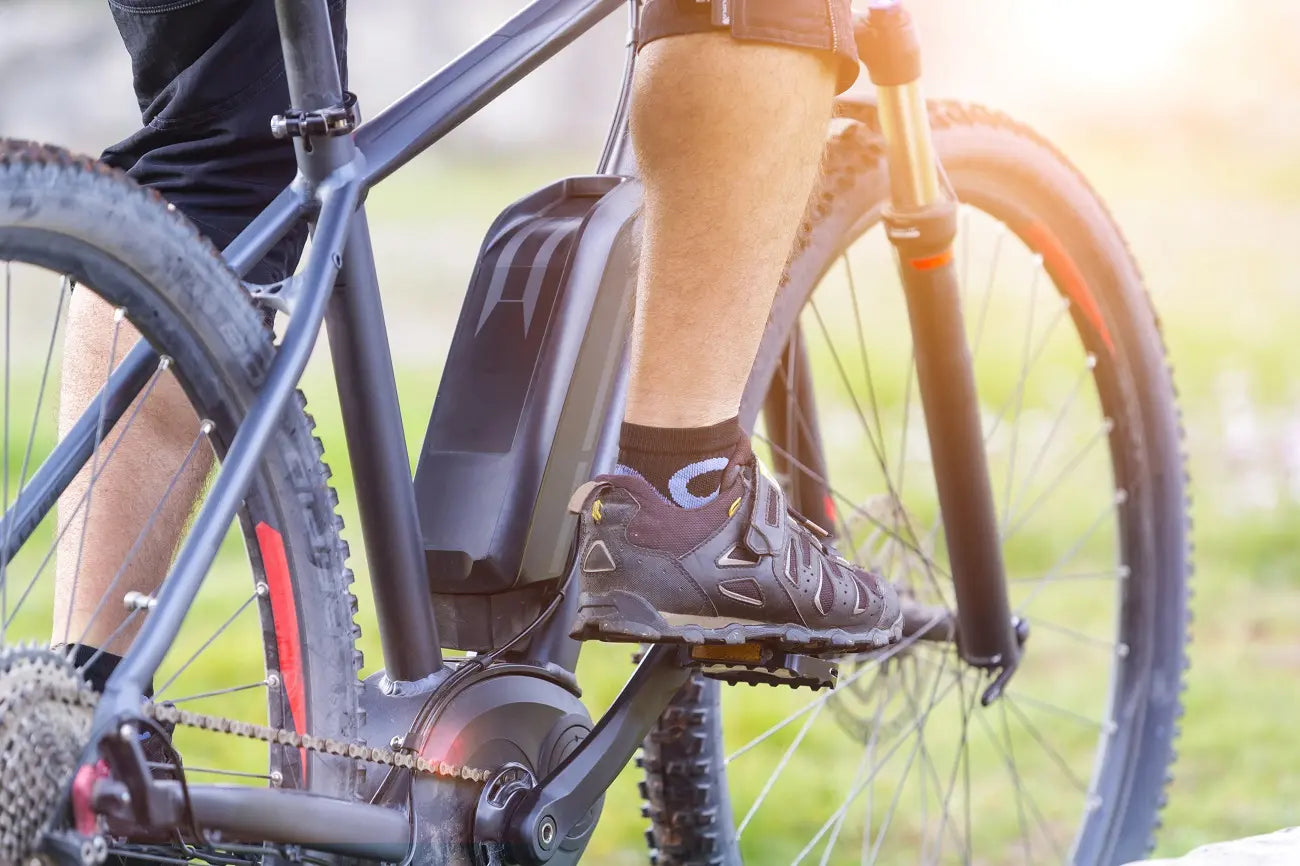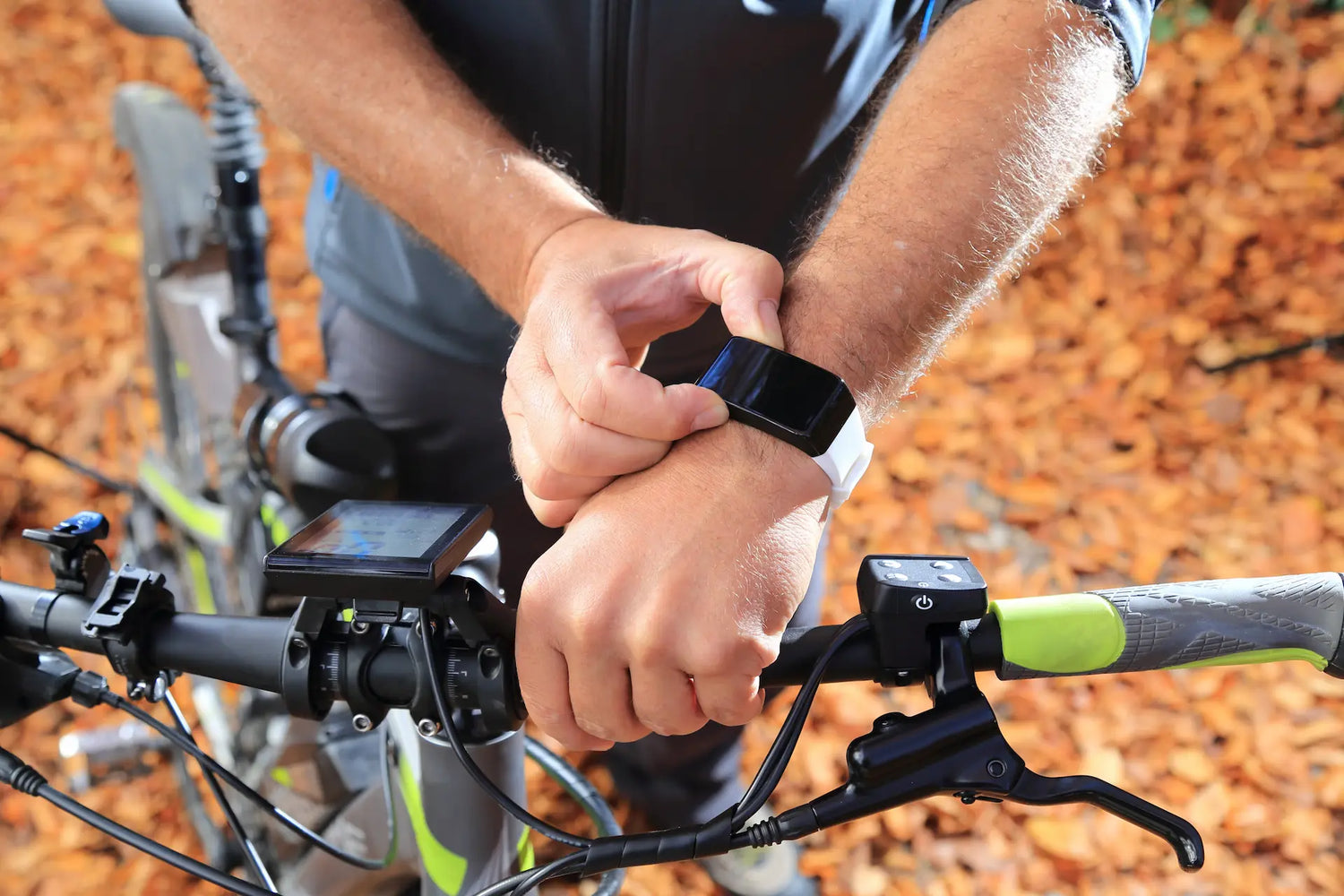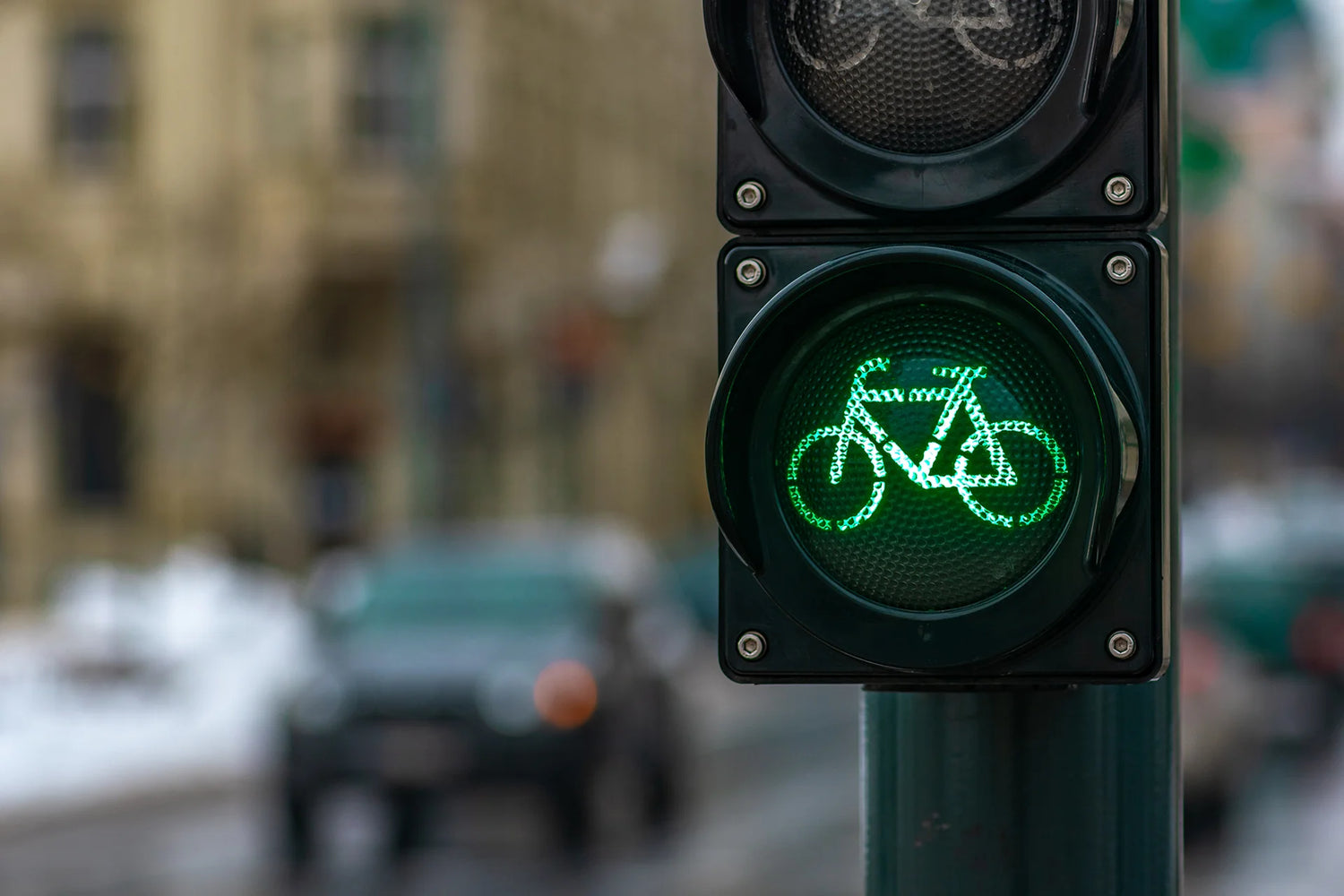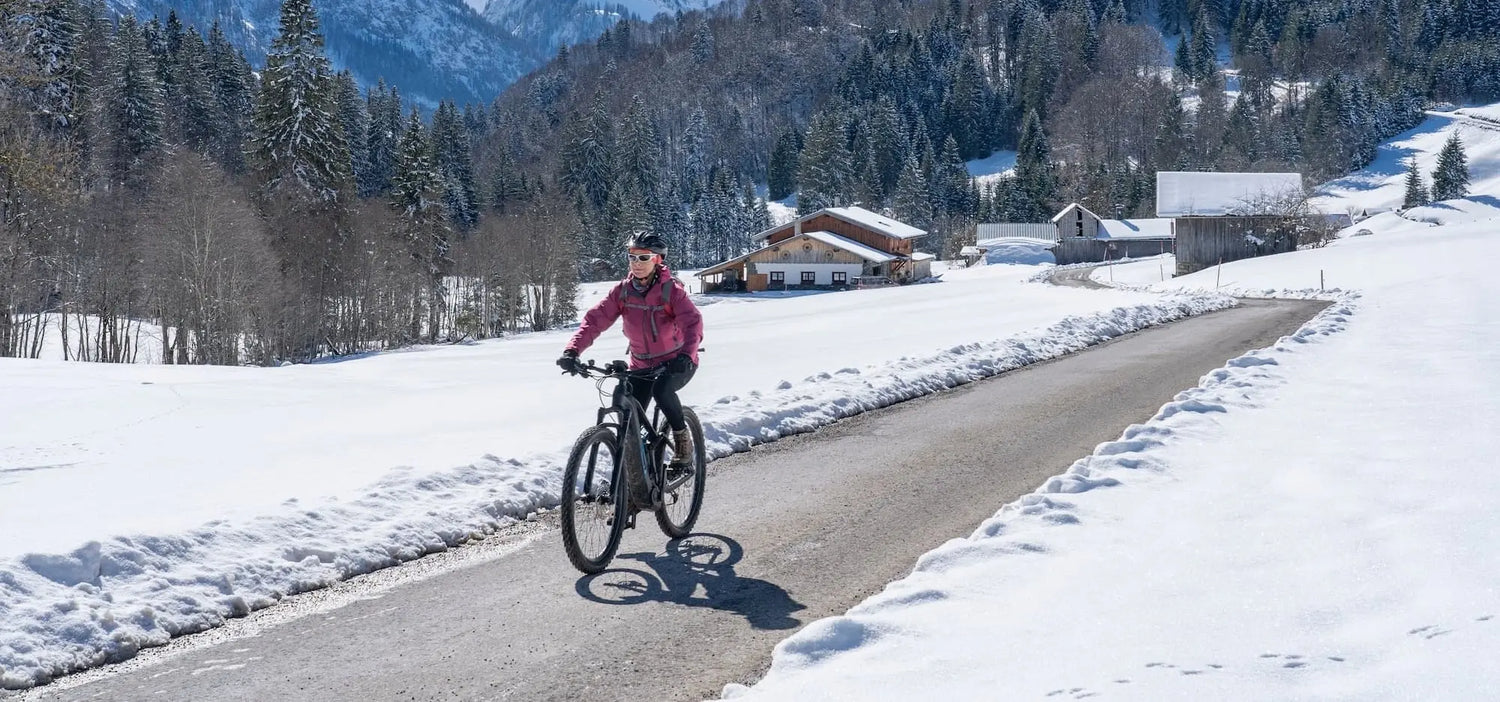
Can I Ride an Ebike in Winter? A Guide to Winter Riding on Electric Bicycles
Updated: 11/14/23
The short answer is yes, you can ride an e-bike during the winter, so long as you prepare properly and take precautions. Electric bikes have become very popular for their eco-friendly transportation, but riding them in cold weather requires some adjustments. The good news is that with the right winter gear, caution on snowy roads, regular e-bike maintenance, and proper battery storage, you can safely and comfortably use your e-bike all throughout the winter months.
- In this comprehensive guide, we’ll cover everything you need to know about riding an e-bike in the winter, including:
- How winter rides influence e-bikes;
- How to extend e-bike battery life;
- Some tips on safe winter rides during the cold season;
- How to choose clothing and extra protection for winter ebike rides;
- Winter e-bike storage.
Overall, you can absolutely enjoy your first winter ride, and every ride following with the right care. Let’s dive in!
How Cold Weather Influences Electric Bikes
Even though e-bikes can usually function in extremely cold temperatures around -5°F, the lithium-ion batteries they rely on are vulnerable in freezing winter conditions. Once the temperature drops below 32°F, the batteries have trouble charging properly. Frigid winter weather therefore negatively affects e-bike battery performance and charging capabilities.
The increased rolling resistance from snowy or icy terrain also affects e-bike performance. The drag caused by traversing slippery surfaces means the motor has to work harder, draining the battery faster.
Taking Care of Electric Bike Battery in Winter

E-bike batteries are sensitive to extreme temperatures, both hot and cold. However, with proper care, you can extend the life of your battery and ensure optimal performance even in the winter months.
Here are some tips on how to take care of your electric bike battery in winter:
1. Preheat the Battery Before Riding
When the battery or entire bike is cold, it cannot deliver as much power as it would at room temperature. This can reduce your range and make it more difficult to pedal. To preheat the battery, simply plug it in for a few minutes before you go for a ride. This will help to warm up the battery cells and improve performance. Think of it as warming up your car before you start your commute.
2. Store the Battery Indoors When Not in Use
If possible, store your e-bike battery indoors when you are not using it. This will help to protect it from the extreme cold temperatures that can occur outdoors in winter. If you cannot store the battery inside, try to find a sheltered spot to keep it, such as a garage or shed.
3. Use a Battery Cover or Insulation
A battery cover or insulation can help to protect your battery from the cold and extend its lifespan. Battery covers are typically made of a neoprene or fleece material and fit snugly over the battery. Insulation can be wrapped around the battery or placed inside the battery case. You need a coat, and so does your battery!
4. Regularly Charge the Battery
It's important to regularly charge your electric bike battery, even if you aren't using it very often. This will help to prevent the battery from fully discharging, which can damage it. If you are not going to be riding your e-bike for more than a few weeks, charge the battery to around 50% capacity and then store it in a cool, dry place.
Riding an E-bike in Winter with Ice and Snow Conditions

When riding your ebike in icy or snowy conditions, it's important to take extra precautions to ensure safe handling. Like any vehicle, driving in the snow and ice means extra care.
Be sure to:
1. Reduce Speed and Brake Carefully
When riding on snowy or icy surfaces, it is important to reduce your speed and brake carefully. This will help you to maintain control of your ebike and avoid skidding. Be especially careful when braking, as it can be easy to lock up your wheels on slippery surfaces. Go for a short test ride in a place with fewer cars to see how you'll handle your bike.
2. Use Tires Suitable for Winter Conditions
If you plan on riding your e-bike in the snow, it is important to use tires that are suitable for winter conditions. Studded tires are the best option for riding on ice, while knobby tires can provide good traction on snow. You can also lower your winter tires pressure to increase traction on slippery surfaces.
3. Avoid Areas with Thick Ice or Heavy Snow Accumulation
It is important to be cautious when riding your e-bike in winter, especially when riding in areas with thick ice or hard-packed snow. These areas can be very dangerous, and it is best to avoid them if possible. If you must ride in these areas, be especially careful and reduce your speed to a crawl.
Choosing Proper Clothing and Gear for Winter Riding
Riding your ebike in conditions like these requires proper layering and winter-specific gear to stay comfortable and safe. Start with a thermal base layer to wick away sweat; insulated riding pants help retain body heat and water-resistant shells or windproof jackets prevent chilly air from penetrating your layers; your outer jacket should have reflective strips for visibility. For your extremities, insulated and waterproof gloves maintain dexterity and warmth, while wool socks keep feet dry and cozy.
Footwear is critical in winter riding conditions. Waterproof winter boots with rugged tread provide essential traction on snow and ice. Toe clips and flat pedals are recommended for boot compatibility and to prevent your feet from sliding off the pedals.
In extreme winter temperatures, additional gear will keep you riding. Cover your head, face, and neck, and use hand warmers in your gloves for some extra hours of warmth. Thermal shoe covers add another layer of insulation for your feet.
Be sure to bring eye protection from wind and glare. At night, augment headlights and reflectors with extra LED lights to be seen in low light.
Bike Maintenance and Storage in Winter

With ice, snow, rain, and salt assaulting roads during winter months, taking extra care of your e-bike is essential to keep it running smoothly. While regular e-bike maintenance is always important, it becomes even more critical for winter riding. Be diligent with these key maintenance steps:
- Clean your bike regularly. This is especially important in winter when your bike will be exposed to more dirt, salt, and other corrosive materials. Pay special attention to the battery and electrical components, as these are especially vulnerable to water damage.
- Lube your chain and other moving parts regularly. This will help to protect them from the elements and extend their lifespan. Use a wet lube for winter riding, as it is less likely to wash off in the rain or snow.
- Check your tire pressure regularly. Tires tend to lose pressure more quickly in cold weather, so it is important to check them before each ride.
- Inspect your brakes and cables regularly. Brakes and cables can wear out more quickly in winter due to the increased use and exposure to the elements. Be sure to inspect them regularly for any signs of wear or damage.
- Store your bike indoors when not in use. This will help to protect it from the elements and extend its lifespan. If you cannot store your bike indoors, try to find a sheltered spot to keep it, such as a garage or shed.
Conclusion
With the proper preparations, precautions, gear, and maintenance, electric bikes can absolutely be ridden comfortably and safely throughout the winter. While cold temperatures and inclement weather present some unique challenges for ebikes, they can be overcome.
Follow the recommendations in this guide, including protective clothing, caution based on road conditions, regular e-bike care, and proper battery storage.
Don't let the cold temps deter you - bundle up and get out for exhilarating winter rides. Be sure to shop RydyBikes for the best electric bikes and gear to keep you rolling all winter long!
Shop For E-Bikes & Accessories
SHOP NOW
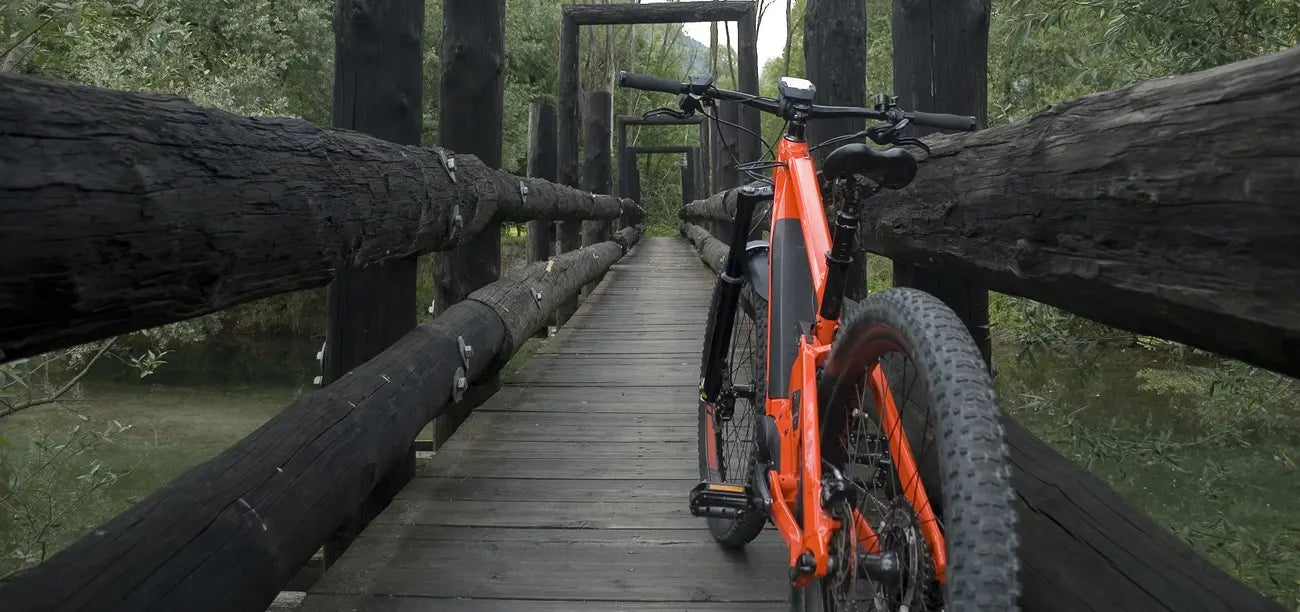
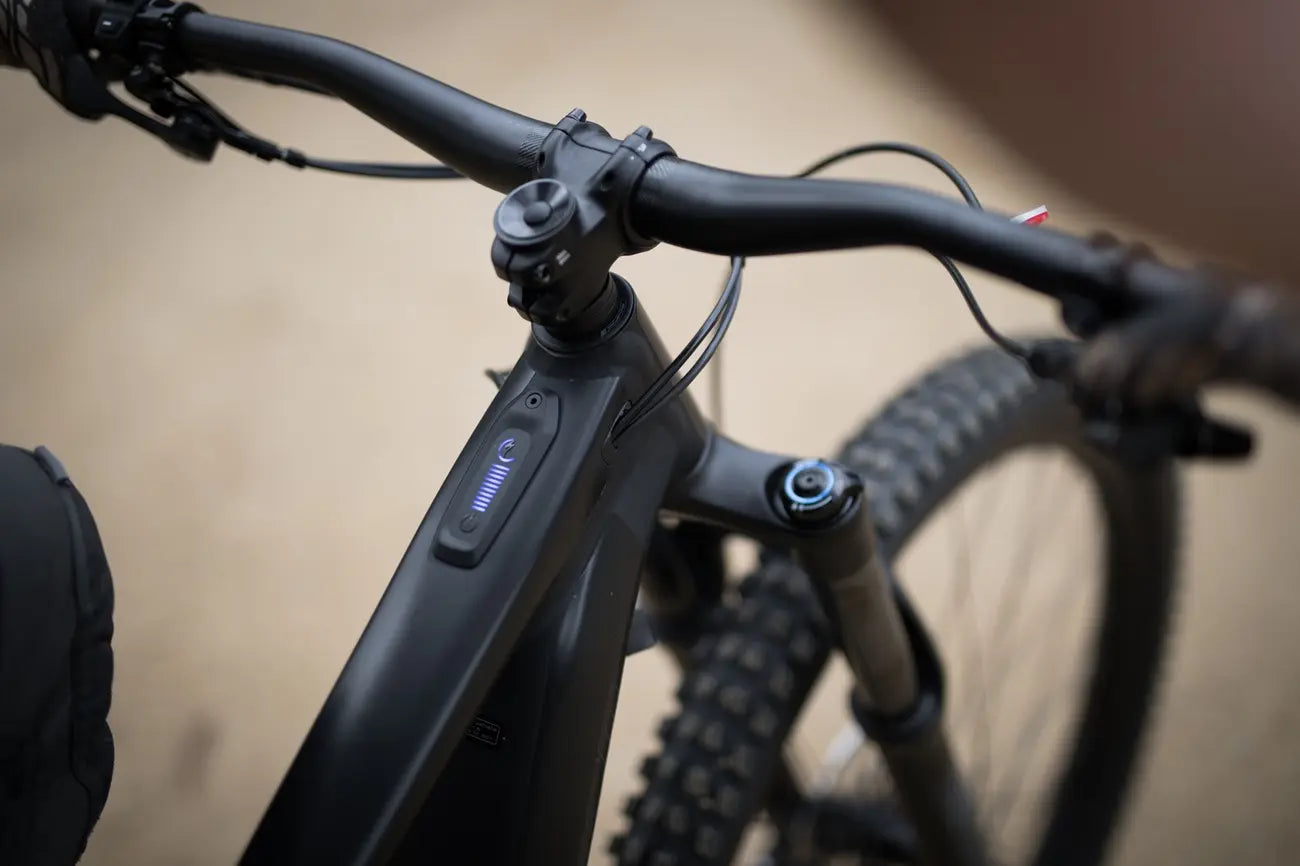
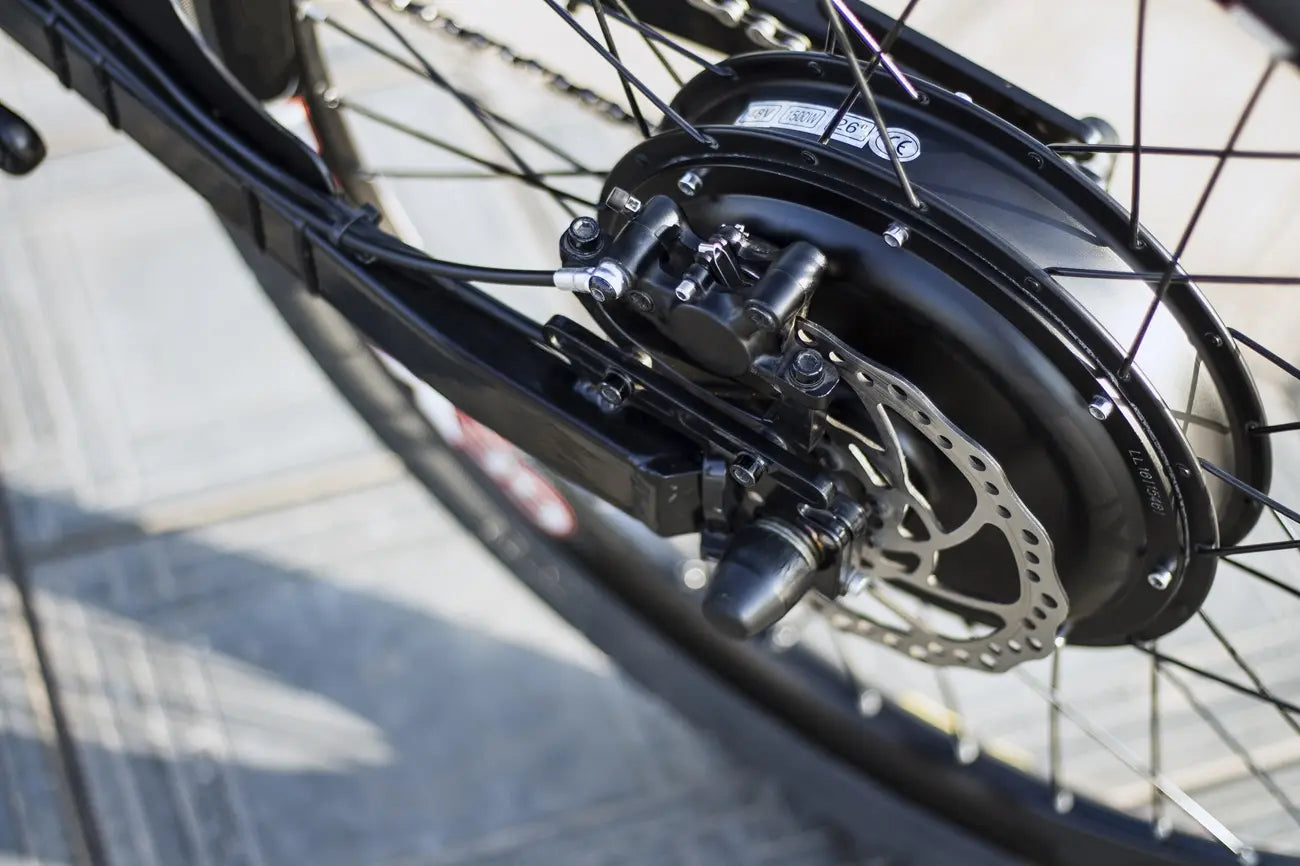
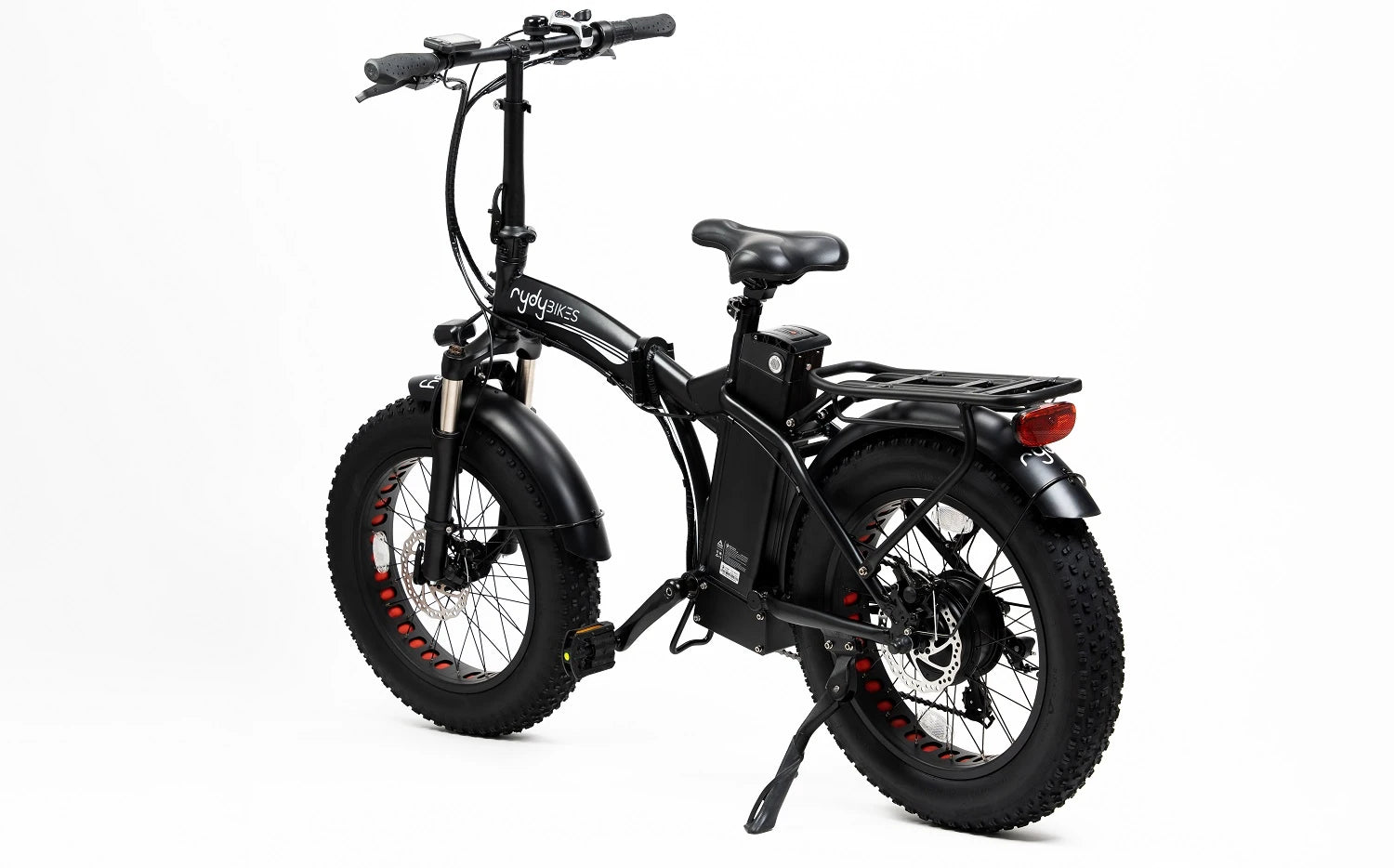


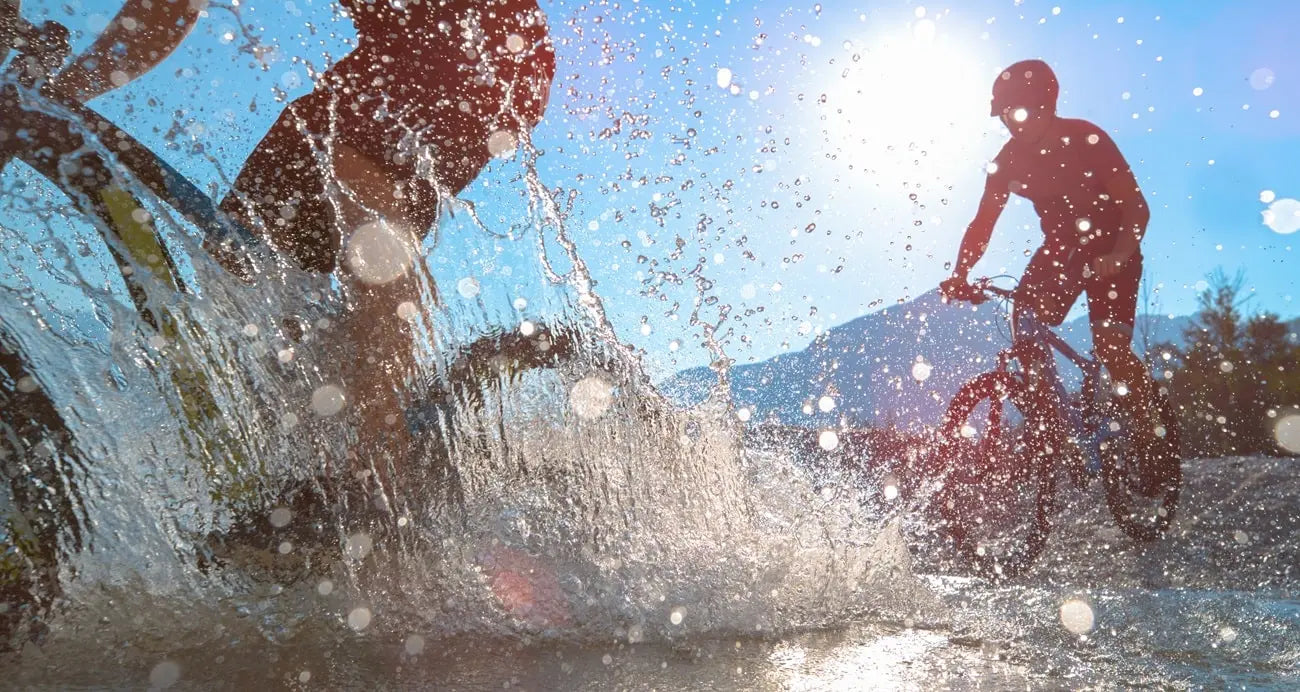
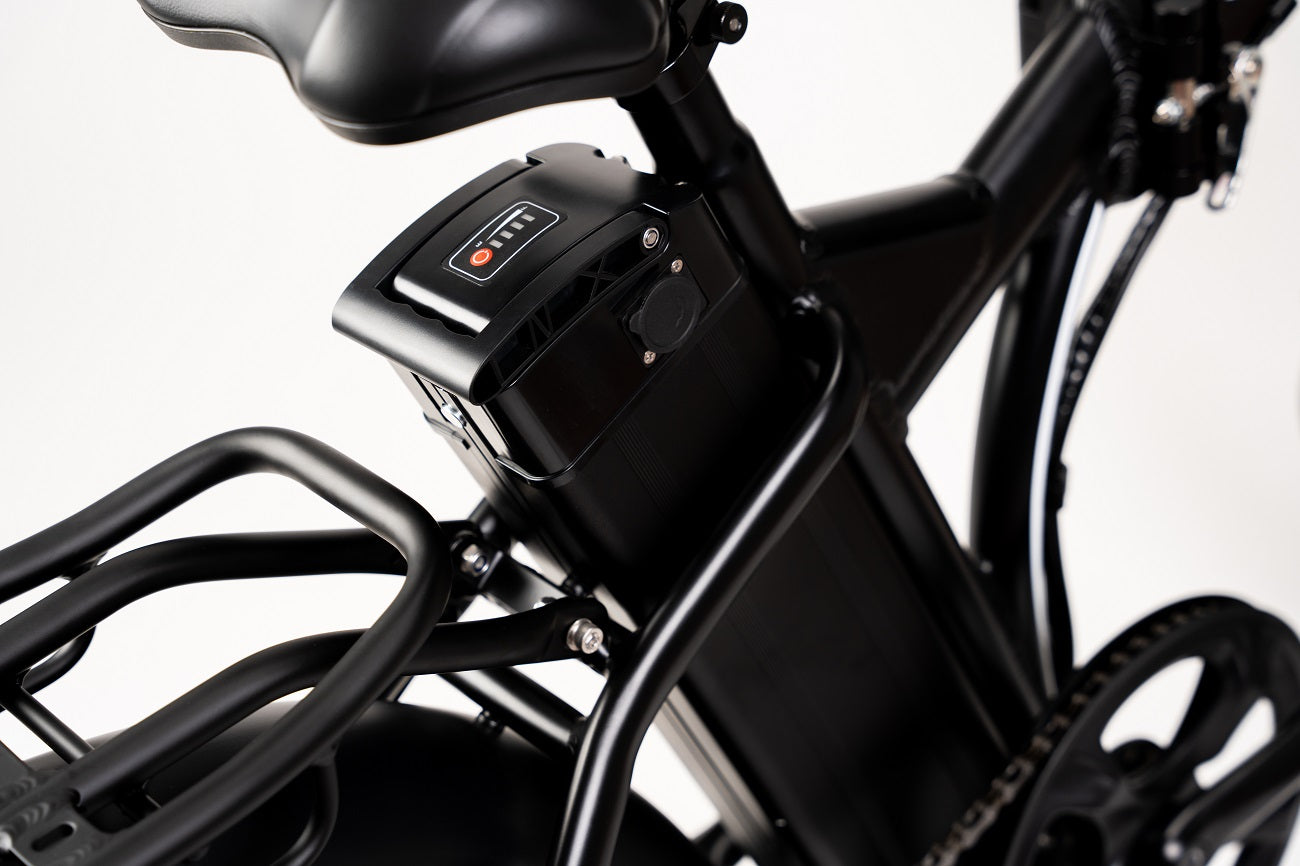


![E-Bike Tax Credit Bill: All You Need to Know About Electric Bicycle Incentive Kickstart Act [2023]](http://rydybikes.com/cdn/shop/articles/e-bike-tax-credit-bill-all-you-need-to-know-about-electric-bicycle-incentive-kickstart-act-2023.webp?v=1695716182&width=1500)
